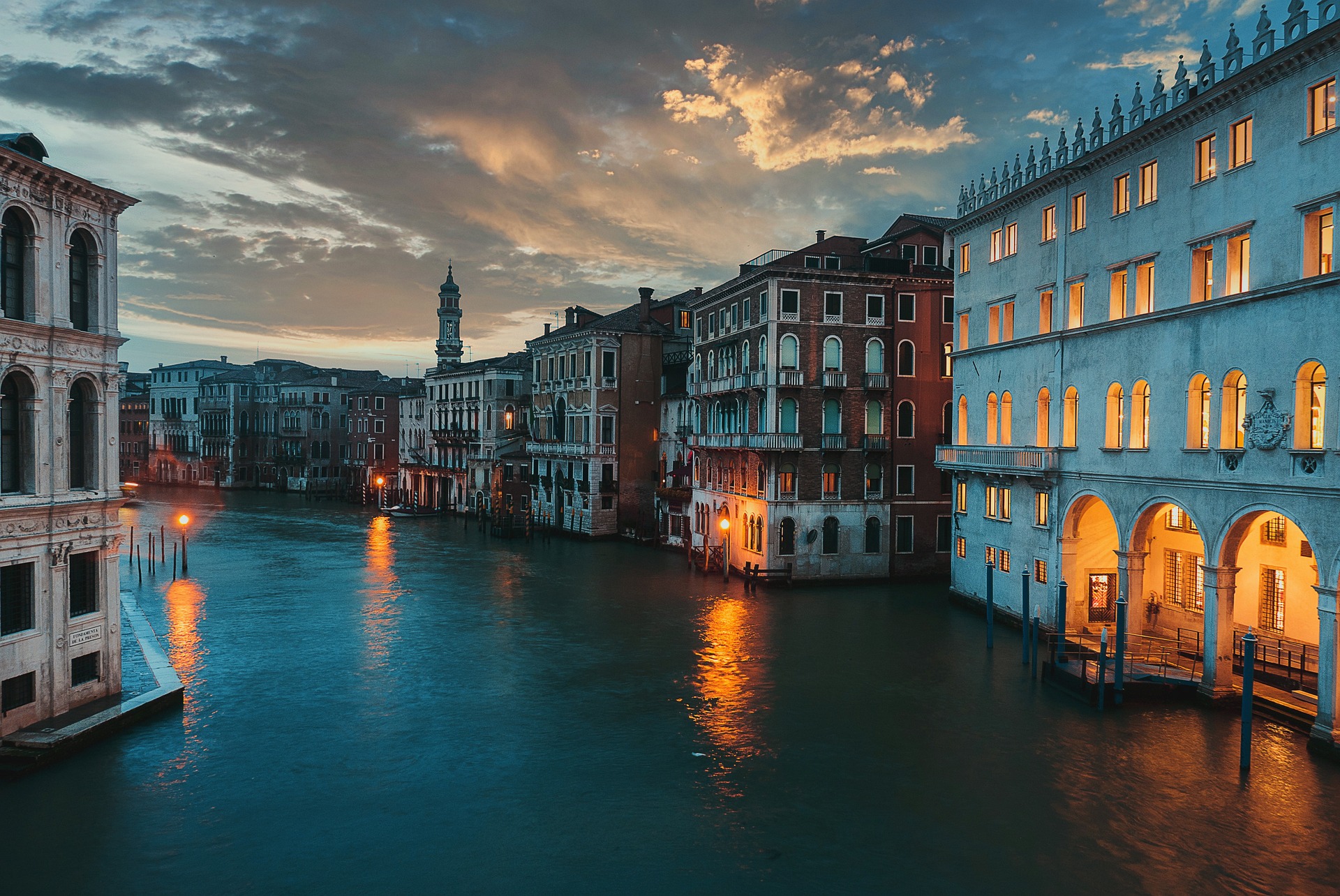Transformation of Traditional Tourism: Immersive Travel in the Digital Age
As consummate travelers, our shared understanding of travel has continually evolved. Today, we delve into a fresh travel concept: immersive travel in the digital age. This narrative traverses the course of conventional tourism and segues into sophisticated, digital-leaning travel experiences that define our current era.

The Historical Context of Travel
Travel and exploration have been integral to human civilization. Early explorers set out to discover new lands, peoples, and cultures, driven by curiosity, trade, or conquest. In the 18th century, the Grand Tour emerged, with European aristocracy visiting cultural sites as part of their education. Tourism started to spread to the middle class in the 19th century, and by the 20th, mass tourism became popular, facilitating visits to distant places and cultures. But the constant thirst for novelty and enrichment led to the rise of immersive travel in the 21st century.
The Advent of Immersive Travel
Immersion is a technology-enabled trend wherein travelers deeply engage with local culture. It emphasizes unique, local experiences over cookie-cutter tourist attractions. Remote work, the ubiquity of digital technology, and the internet’s capacity to connect individuals worldwide contribute to this trend. Immersive travel amalgamates digital connectivity with experiential exploration, allowing travelers to plunge into a cultural milieu unlike their own and digitally share their experiences with the world.
Leveraging Technology for Enriched Travel Experiences
Technological innovation has been a predominant force behind this shift towards immersive travel. Apps and online platforms like Airbnb Experiences facilitate authentic local encounters, while social media platforms inspire, guide, and document these journeys. Further, Augmented Reality (AR) and Virtual Reality (VR) blur the lines between physical and digital, offering deeply immersive experiences.
Implications of Immersive Digital Travel
Adopting immersive travel is not without challenges. Backlash from over-tourism, preservation of local culture, and digital dependency are among the hurdles. However, the rewards are enticing: a deeper understanding of the world, enriching experiences, boost in local economies, and, most importantly, the transformation of the traveler. The trend toward immersive digital travel continues to redefine our journeys, making them more substantive, compelling, and narrative-driven.
Unique Nuggets to Boost Your Immersive Travel
· Harness tech tools: Make the best of apps and platforms designed for immersive travel. · Keep It Local: Try local food, interact with natives, and participate in local festivities. · Balance Tech and Reality: Don’t let technology supplant real experiences. · Be Responsible: Respect local norms and traditions to avoid contributing to over-tourism.
To Conclude: The Digital Nomad’s Journey
The shift from traditional tourism to immersive travel is arguably one of the most significant developments in the travel sector. This transition signifies our collective yearning for meaningful interactions and experiences and illustrates how digital technology has transformed the global explorers’ landscape. As our voyages become more impassioned and interconnected, digital immersive travel illuminates the next stage of our collective traveling spirit. Adventure now blends with practicality, taking us closer to our world in an era characterized by digital interconnectedness.




